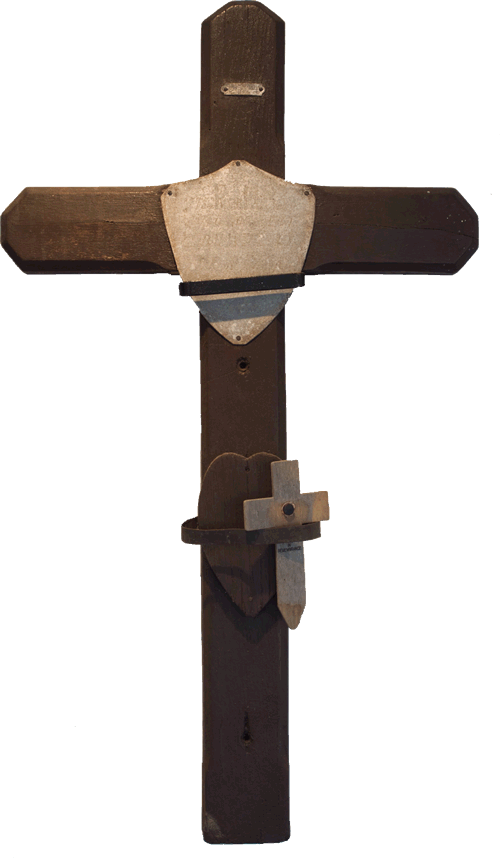There was an estimated loss of life of over one million men and women in the service of the British Empire during the Great War (World War One). Some 1,297 men and women from Cheltenham were killed. In mid-1915, the task of repatriating the bodies was so great that the decision was made to bury them in the country in which they fell.
What is now the Commonwealth War Graves Commission created some 2,400 cemeteries and memorials on land leased from the French and Belgian governments. This left the many thousands of simple wooden crosses – fashioned by the comrades of those fallen – in possession of the government, which decided that they should be returned to any next of kin.
Recipients were often perplexed with what to do with them. Some found their way into churches but Cheltenham Borough Council Burial Board Committee agreed to give space for the wooden crosses in its cemetery. By 1928, there were 230 wooden crosses in place in ‘Soldiers Corner’. The 23 crosses now housed in the WWI Battlefield Crosses Museum are part of that number. Having been placed in the open with no substantial protection against wind, weather and decay, they are the only ones that survived.

